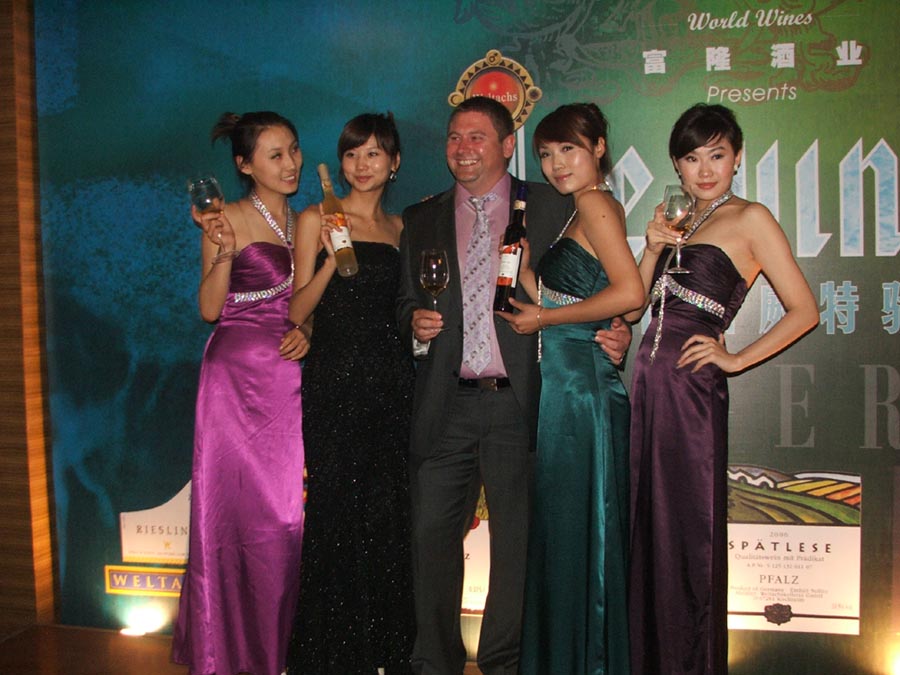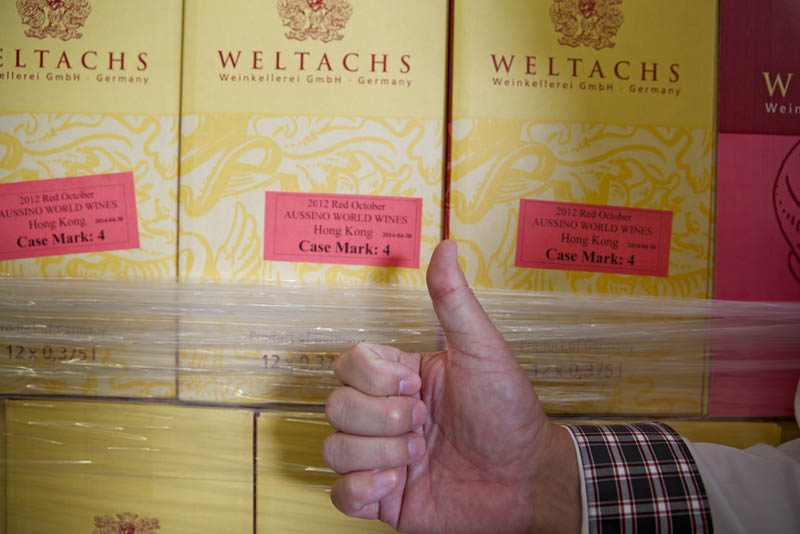Pfalz / Palatine
What is the “Pfalz“ exactly?
A bit of history and civics
The name “Pfalz“ or “Palatine“ derives from the Latin word for palace. When the Romans conquered Germania about 55 BCE, they settled in along the great waterways such as the Rhine and the Mosel. Emperors and proconsuls held court on a circuit basis traveling from one regional palace, the Rhineland Palatine in our case, to the next leaving behind administrators and staff. With the fall of the Roman Empire in 476 AD chaos reigned for about 300 years. Crowning himself Emperor, Charlemagne, Karl der Große, established the Holy Roman Empire of German Nations, a loose confederation of states which elected its own Emperor . This survived until 1806, virtually 1000 years.
The current political entity, the state or “Land“ of Rheinland-Pfalz is subdivided into various counties, the Pfalz being the southernmost occurpying almost 25% of the province’s land area. This includes the west bank of the Rhine being the border from Alsace, France, up to just south of Worms with the Haardt Mountains forming our western boundary.
Terroir – Climate, Weather and Geology
The German Wine Road is the 80 kilometer-long stretch bisecting the Pfalz growing area. Its three to five kilometers of vineyards extend east or west of the main thoroughfare, National Route 271... a veritable ocean of vines producing many of Germany’s most exceptional wines for world consumption.
Unusually warm weather prevails in the Pfalz so that fig, lemon, palm and olive trees in large planters flourish from April through September before being warmly protected or taken indoors for the winter. Fruit trees abound. Very rich reddish soils with iron minerals, loam with lime- and sandstone absorb gentle rains and retain the sun’s warmth. This assures vines plentiful nutrients and favorable growth conditions including drainage. The Rhine valley, too, retains warmth. This precludes frigid, vine-killing winters; its air drainage systems circulate the air helping to combat mold, odium, and other plant diseases. In turn, this reduces the need for chemical intervention. The Haardt Mountains shield the plain from harsh winds while the steep eastern slopes with eastern exposure provide those vineyards with optimal ripening conditions.
"Pfälzer" Palatinate Culture and Tradition
Since time immemorial the Pfalz has alternatingly been part of Germany and France as the lands west of the upper Rhine from Switzerland all the way to Cologne traded hands and masters almost continuously from Roman through Medieval to modern times... During the French Revolution, the entire west bank was occupied for years on end by French Republican troops. Then during the Napoleonic era, Consulate and Imperial French forces held sway. And a century later, much more recently, once again this happened after both World Wars. As a result language in the Pfalz was and is as much “parlez-vous“ as “Sprechen Sie.“
So, French rather than English is the Pälzer’s second language, French culture and attitudes also being solidly embedded in German soil. Many local dishes are really French in origin, and so too is the way food is ordered and served. Wine, not beer, is the prevailing beverage for the most part. Much of the more recent architecture reflects French or western European taste, and generally buildings are more graceful, not as massive as east of the Rhine and up to the north.
Pälzer folk are not in a hurry. They take their time in a leisurely way in contrast to those very busy, brusk Berliners, brisk Hamburger citizens, grantig (grumpy) Bavarians or cool, distant, Baltic-coast Germans... Part of the magic might be those almost Italianate zephyrs -- lazy breezes, warm temperatures and innate sense of welcoming hospitality here, where at any wine garden, winery, bar or tavern locals invite you to have a glass of wine with them and shoot the breeze.
Is it any wonder that Germans themselves and tourists from everywhere flock to the Pfalz on any occasion throughout the year to taste the new wines, enjoy the food, tank up on the warmth of smiling people who are located about 120 miles from Stuttgart and Cologne, 60 miles from Frankfurt, 50 from Frankfurt Rhein-Main Airport, 45 from Wiesbaden, Mainz or Karlsruhe, 30 miles from Heidelberg, 20 from Kaiserslautern or 15 from Mannheim?
Who can possibly resist the charms our bigger towns like Deidesheim, Bad Dürkheim and Freinsheim, or our countless villages and quaint hamlets with their vine-covered walls and trellises, courtyards, and shops? We even have one of Germany’s largest, most sophisticated amusement parks at our doorstep, not to mention the proud ancient ruins of mighty castles and fortifications dating back millennia to Roman times... there’s rustic country food al fresco and indoors, also traditional eateries serving local Pälzer favorites, and fine dining restaurants with the best French-influenced German and international cuisine.
Whether it is only a day excursion, a weekend or a vacation, Pfalz hospitality is legendary and the opportunities for biking, hiking, sight-seeing, cultural activities and relaxation are unlimited.
Who we are, What we do, and How we do it...
First a few facts about the Pfalz... Germany’s warmest wine-growing district and since 2008 number one producer of Riesling, Germany’s quintessential grape...
While Germany’s world-renowned brands like BMW, Audi, Mercedes, VW, Porsche, Leica, Siemens, etc. are famous for their products’ unmistakeable engineering and construction, the Pfalz’s claim to fame is -- its wines!
Here is a roll call of the Pfalz’s best known grapes many of which are vinified by Weltachs for our wines. Weltachs wines are becoming increasingly well-known in China, South-Korea, Japan and Taiwan

where Weltachs has been a pioneer for more than 20 years exporting to Asia, introducing millions of people to the glory of German wines:

Packed, wrapped. signed, and sealed – ready to go, Hong Kong, here we come!
There are an amazing 30 white grape varietals and 12 red grape varietals grown in the Pfalz... about 50% white and 50% red.
